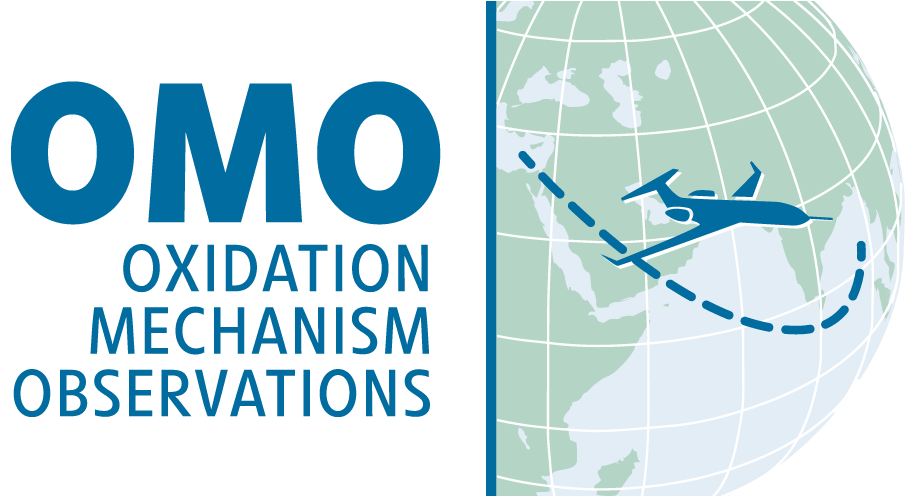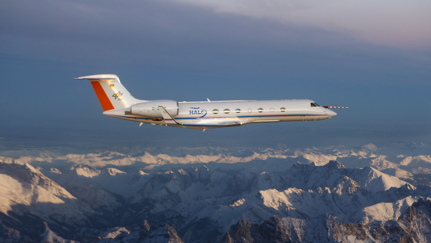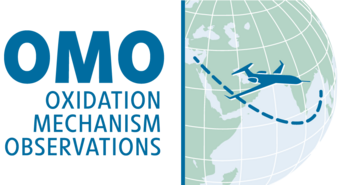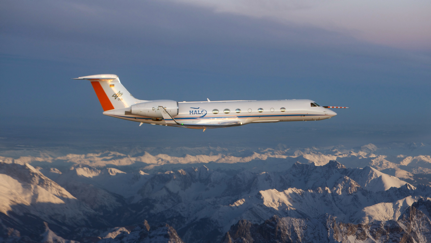OMO - Oxidation Mechanism Observations

Measurement campaign with the German High Altitude – Long-range research aircraft (HALO)
The OMO aircraft measurement campaign addresses the “self‐cleaning capacity” of the atmosphere. It focuses on oxidation processes and air pollution chemistry downwind of South Asia during the summer monsoon. The self‐cleaning mechanism converts natural and human‐made pollutants into more soluble products that can be removed by rain. This is critical for air quality and climate change, both regionally and worldwide considering rapidly growing pollution emissions, especially in Asia.
The measurements take place in July and August 2015 in the upper troposphere at 10‐15 km altitude. The goal is to study the role of convective clouds and rainfall on atmospheric composition during the monsoon. While soluble gases and aerosol particles can rain out, the removal efficiency is poorly known. Monsoon clouds can have a strong and large‐scale impact on atmospheric chemistry through the vertical redistribution of sunlight, pollutants and humidity. The chemical, transport and deposition processes are investigated to advance computer models and improve air quality and climate change calculations.
The German institutions of the consortium belong to the Max Planck Society, the Helmholtz Association and universities that have a track record in airborne atmospheric research, for example in the Indian Ocean Experiment, conducted in the dry season, to which the OMO measurements can be contrasted. The consortium has recently developed a comprehensive set of instrumentation for the HALO aircraft. The institutions from the United Arab Emirates (UAE) have a keen interest in data analysis and collaborative studies on air quality, meteorology and climate.
The UAE are centrally located downwind of the monsoon outflow. The flight patterns will include tracks across the Arabian Sea up to the Bay of Bengal, the Indian Ocean and the Mediterranean Sea to study zonal and meridional concentration gradients and large‐scale impacts of the monsoon. Vertical (stack) flights are performed in regions of particular interest, so that a range of atmospheric conditions can be analyzed and the extent of pollution layers investigated. The measurements document long‐distance pollution transports and their influence on regional‐to‐global atmospheric composition and climate.


